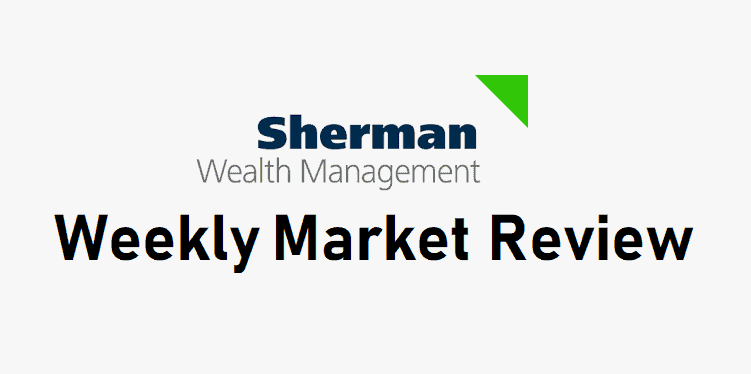We hope everyone had a great Memorial Day Weekend filled with fun, sun and lots of good food and pool time. We took our kids to Washington DC to pay respects and educate them on the brave men and women that lost their lives fighting for our freedom. As parents, lots of the chatter we’ve heard this past Memorial Day weekend centered around our kids. Whether exhausted from all the spring sports (both physically and financially) or trying to figure out what to do with the kids this summer, many of us are all in the same boat. For those of us that work full-time or part-time, it is necessary to find coverage for our kids during the summer without breaking the bank – certainly no easy feat! Most summer camps do offer before and after care, but it’s an at an additional cost after already paying the pricey sticker price of a week of camp. For those that have a parent that stays home with the kids, there is the question of “how much camp can we justify spending on” or “what activities can we do with our kids each week without spending a fortune?” There are no right answers to these questions, but there are ways to help reduce the stress of the financial burden of summer break. First, making a family budget that includes setting aside money for whatever your summer plans are is a MUST, and don’t forget to include some vacation funds too. Another way to save is to browse sites like Living Social, Certifikid and Groupon for deals on summer camps and other activities. There are also many great free or inexpensive options through your local recreation departments – look into classes offered at nature centers, libraries and aquatic facilities. These things may not take the financial stress out of summer, but with a little proactive planning, you might just be able to make the costs a little easier to swallow.
Another of the major kid/life stressors that was a topic of conversation this past weekend is the growing cost of keeping our kids involved in sports. A new survey finds that 27% of “sports parents” are spending $500 or more each month on their children’s activities. Even though most of us realize our kids aren’t likely going to be the next LeBron James or Tom Brady, we still want to give them every opportunity to succeed with any sport they might have interest in. Whether that means enrolling them in specialized pitching clinics or joining the club soccer team, the bottom line is that it means spending hundreds, if not thousands, each month in registration fees, uniforms and new equipment, not to mention the gas and wear & tear on our cars getting them to practice, tournaments and team-bonding events throughout the season.
A recent survey finds that sports parents spend twice as much time on their children’s activities than they do on financial planning. To keep money priorities straight, it is recommended that parents commit to a plan. According to Dara Luber, senior manager of retirement at TD Ameritrade, you should “start by identifying your financial goals and creating savings buckets for each of them — your retirement, your children’s education, vacations and sports, to name a few. Be sure to fund those priorities in order of importance, putting your retirement first, Luber said. Then, have regular budget meetings with your family, so that your children understand the trade-offs of participating in costly sports programs, such as forgoing a family vacation.” There is nothing wrong with helping your son or daughter realize their sports dreams, but it definitely shouldn’t come at the expense of your own retirement or understate your family’s needs,” Luber said. (Read full article here
https://www.cnbc.com/2019/05/
We all want to be able to provide every opportunity for our children to succeed in life, whether that comes in the form of sports, dance, art class or any other activity they have interest in. We’d also love to be able to send them to whatever camp they desire, for weeks on end, but that’s not always realistic either. Before we spend more money than necessary on these types of things, we must be honest with ourselves with what our future goals are. Teaching our children the importance of saving over spending and wants vs. needs. will benefit everyone in the family. With some strategic planning, you might just be able to take the vacation of your dreams or send them to that special once in a lifetime camp that they’ve been begging for.













